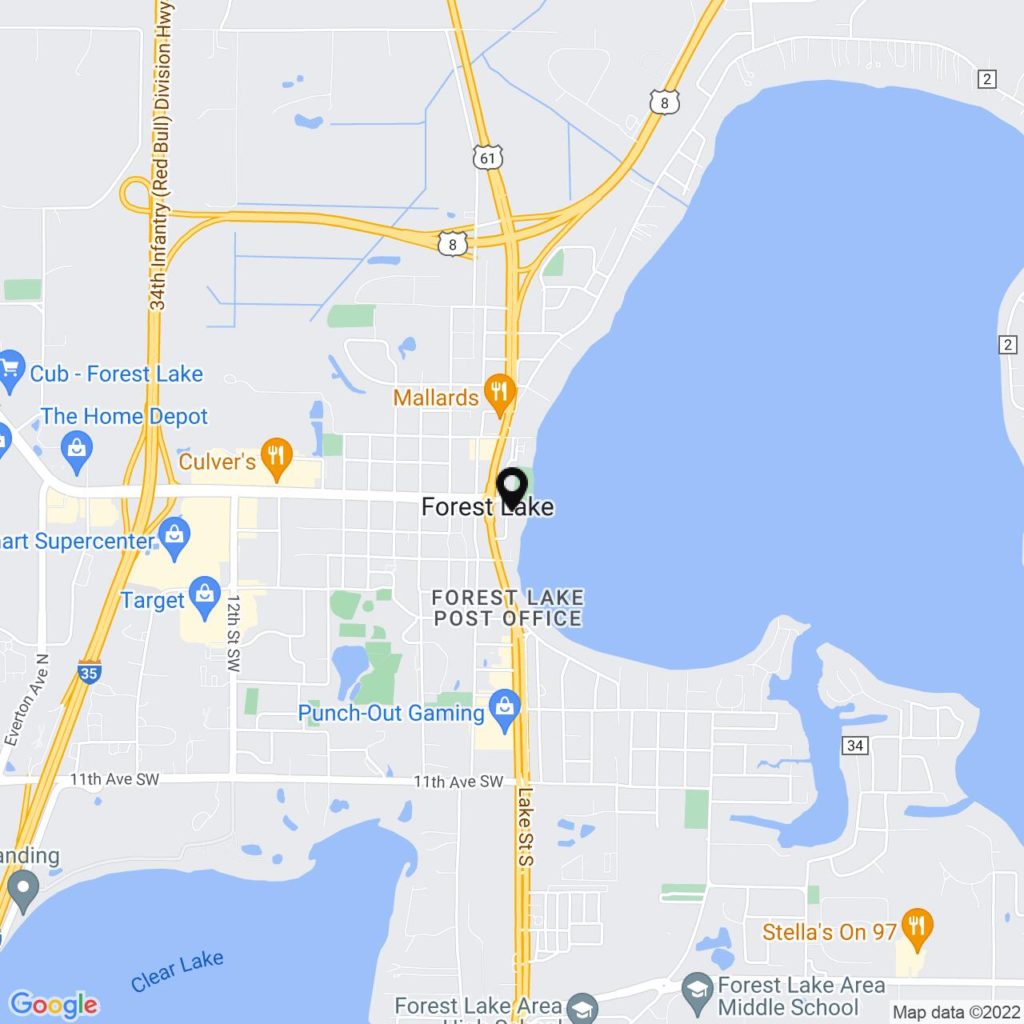 Estate planning can involve a wide variety of tactics and written instruments. Trusts, last will and testaments, and guardianship designations are just a few examples of estate planning instruments that may be part of your plan. A power of attorney is another type of estate planning instrument that can be very useful. A power of attorney is a document that allows another person to act on your behalf if you are not present. A general power of attorney allows another person to enter contracts, sell your property, acquire debt, and other financial transactions in your name. It is also possible to create a limited power of attorney which would allow another to act on your behalf for only a limited capacity, like, for example, allowing your spouse to sign on your behalf to sell real property while you are unavailable due to being out of the country on business. Understanding how to establish or revoke your power of attorney are important components to your estate plan.
Estate planning can involve a wide variety of tactics and written instruments. Trusts, last will and testaments, and guardianship designations are just a few examples of estate planning instruments that may be part of your plan. A power of attorney is another type of estate planning instrument that can be very useful. A power of attorney is a document that allows another person to act on your behalf if you are not present. A general power of attorney allows another person to enter contracts, sell your property, acquire debt, and other financial transactions in your name. It is also possible to create a limited power of attorney which would allow another to act on your behalf for only a limited capacity, like, for example, allowing your spouse to sign on your behalf to sell real property while you are unavailable due to being out of the country on business. Understanding how to establish or revoke your power of attorney are important components to your estate plan.
Minnesota law has very specific requirements to properly establish a power of attorney. First, a power of attorney must be in writing. Simply telling someone they may act on your behalf will not be sufficient to grant power of attorney. The power of attorney must be signed by you in front of a notary public. The power of attorney must be dated. Finally, the document must be clear about specifically what powers are being granted. If the power of attorney is to be a durable power of attorney, it must contain a statement like “This power of attorney shall not be affected by incapacity or incompetence of the principal.” Minnesota statute 523.23 has a form for a standard power of attorney. Note that just because you give someone a power of attorney does not mean that person is required to exercise those powers.
Like creation of a power of attorney, revocation of a power of attorney also requires certain steps. To revoke a written power of attorney, the principal who previously signed the power of attorney must sign a written instrument of revocation. This signed revocation must be delivered to the attorney-in-fact. The revocation will be considered effective from the date the attorney-in-fact has actual notice of the revocation.
If you have questions about estate planning and which instrument is right for you, call us today at (320) 299-4249. We can talk with you about case and your goals.















